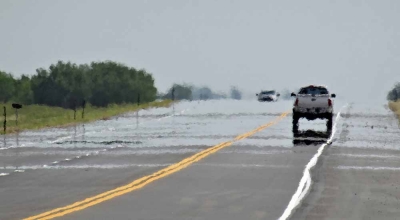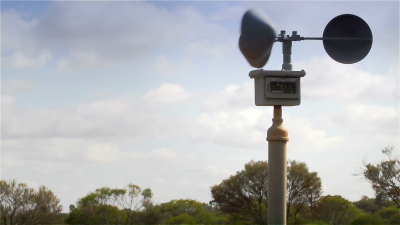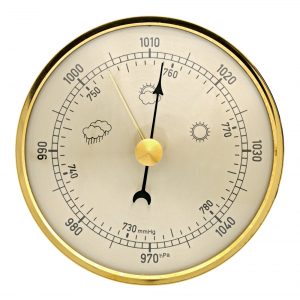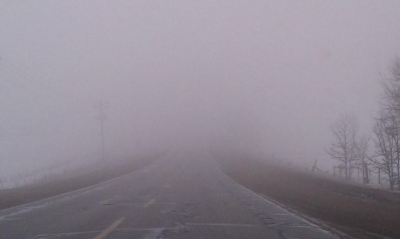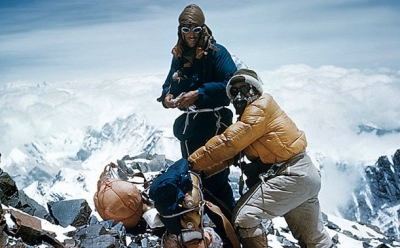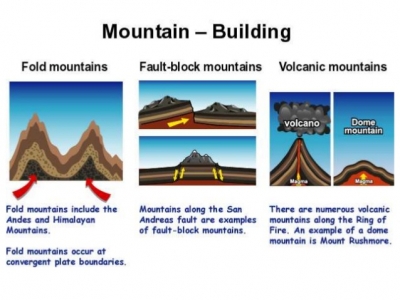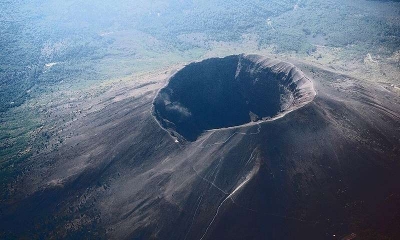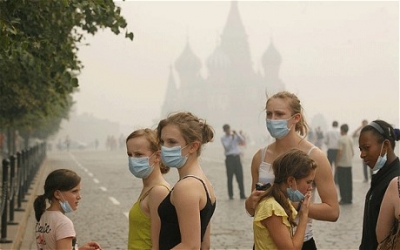
The longest heatwave ever recorded was in Marble Bar, Australia when the temperature stayed above 38 . It lasted for 162 days from 23 October 1923 to 7 April 1924.
The highest average annual temperature recorded is 34.4 in Dallol, Ethiopia.
The lowest recorded temperature (outside of the poles) was -68 in Verkhoyansk, Siberia, on 6 February 1933.
The lowest average annual temperature of -56.6 was recorded at the Plateau Station, Antarctica.
|
Fact File: Some living things have adapted to survive long periods of time without water. Plants such as cacti have the ability to conserve water. They also minimize water loss as they have no leaves, and photosynthesis takes place in the stem. They have roots which reach deep into the ground for water. |
Picture Credit : Google


